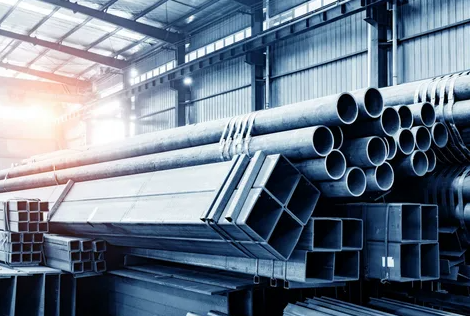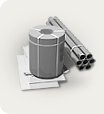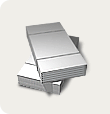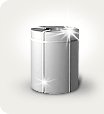level 30%. The material was developed for 12 years and surpassed traditional 316LN and JK2LB alloys used in ITER thermonuclear installations. Its key advantage is resistance to high loads and cyclical loading, which is especially important for the new generation superconducting Tokamaks.
the base for ChSN01 has become the steel of the Nitronic-50, in which the carbon content was reduced, the fraction of nitrogen and nickel was added, and also added vanadium, which ensured the formation of vanadium nanopolis for vanadi Blocking dislocations. The alloy retains characteristics at 60,000 pulsations, withstands defects up to 6 square meters. mm, which opens the possibilities of increasing the power of the magnetic field from 11.8 tons (ITER) to 20 tons and allows you to reduce the size of the reactor.
the production of the alloy has already been established: by the middle of 2025, 500 tons of CHSN01 were put on the construction site of the Best Tokamak. Possible areas of application go beyond thermonuclear synthesis - from MRI and particle accelerators to magnetic suspensions and cryogenic nodes of quantum computers.






